For Elon Musk, 2025 can be likened to a dramatic symphony with constant ups and downs. On one hand, electric car giant Tesla is still working to perfect its self-driving Robotaxes. On the other hand, spectacular columns of fire from failed Starship tests still dominate the media. Amidst all that chaos, one bright note has sounded, drowning out everything: artificial intelligence (AI).
SpaceX, a company that rarely makes outside investments, has committed $2 billion to xAI, part of a $5 billion equity round that values the combined entity of xAI and social network X (formerly Twitter) at $113 billion.
Not stopping there, xAI is said to be negotiating a new round of funding that could push the company's value up to $200 billion - an incredible number for a startup just over 2 years old.
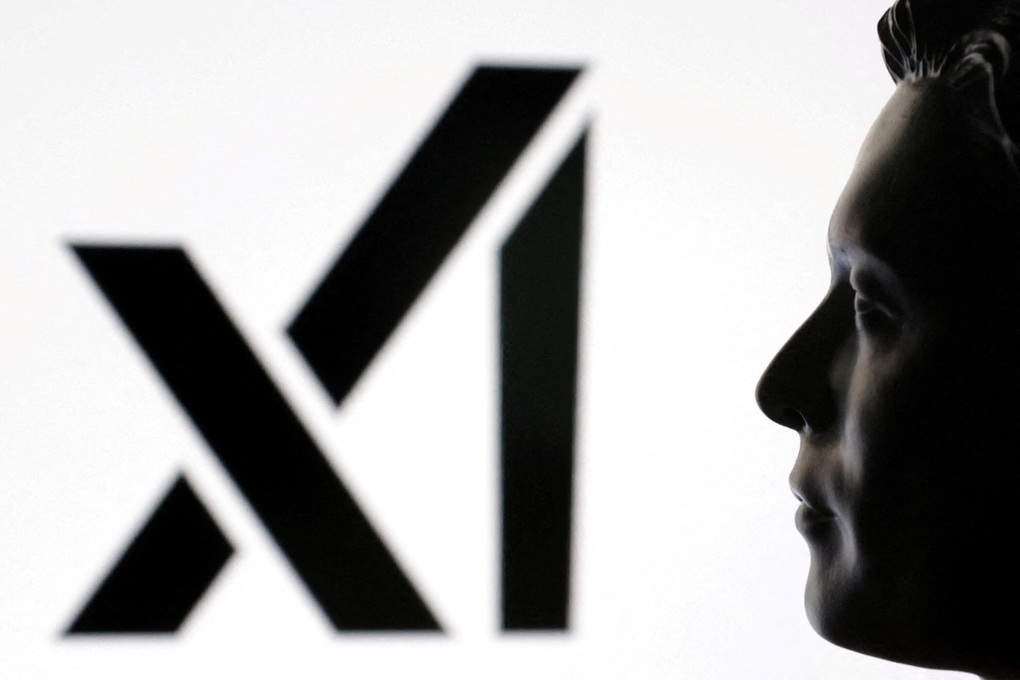
Elon Musk's SpaceX is said to have poured $2 billion into a $5 billion funding round for xAI - the artificial intelligence startup he founded and is the "father" of chatbot Grok (Photo: Reuters).
So why is Musk betting so big on AI, even if it means spending SpaceX's own money? The answer lies in a vision much bigger than just creating a smart chatbot.
Grok-4 and the ambition to redefine the AGI game
At the heart of xAI is Grok, a large language model (LLM) designed not just to compete with, but to surpass, giants like OpenAI's ChatGPT, Anthropic's Claude, and Google's Gemini.
With the recent release of Grok-4, xAI has truly made a splash. This model has broken a series of records on the most difficult benchmarks in the AI industry, especially in logical reasoning and complex problem solving.
On the ARC-AGI-2 test, a measure of abstract reasoning, Grok-4 achieved 15.9% accuracy, nearly double its nearest competitor. On “Humanity’s Last Exam,” a collection of doctoral-level questions, the Grok-4 Heavy version (which uses five models running in parallel) achieved groundbreaking results.
Musk has made no secret of his ultimate goal: the development of artificial general intelligence (AGI) — a form of AI that can think, reason, and understand like humans. He believes that the current approach of the AI industry, obsessed with “ political correctness” and censorship filters, is hindering the development of a truly “truth-seeking” AI. xAI, with its philosophy of building “maximum curiosity” AI, is positioned as the answer to this problem.
Mutual Empire
The $2 billion investment from SpaceX is not an act of charity. It is the clearest demonstration of the “multi-dimensional alliance” strategy that Musk has been working hard to build. This playbook seems familiar to Musk, who has a long history of using one company’s resources to support another. He borrowed $20 million from SpaceX to save Tesla during a difficult time, used SpaceX equipment for The Boring Company, and most recently borrowed $1 billion from SpaceX to buy Twitter.
This time, the bond is even tighter and more symbiotic.
X (Twitter) and xAI: In March, xAI acquired X in a stock swap that valued the combined company at $113 billion. The combination gives xAI a goldmine of real-time data from hundreds of millions of users on X, which helps train Grok to be incredibly up-to-date and understanding of cultural nuances and satire.
SpaceX and xAI: The relationship is two-way. SpaceX is investing money in xAI. In return, Grok has been integrated to support customer service operations for SpaceX’s Starlink satellite internet service. In the future, advanced AI could help optimize rocket trajectories, perform predictive maintenance, and manage satellite networks.
Tesla and xAI: This piece is arguably the most ambitious. Musk has announced plans to integrate Grok into Tesla's humanoid robot Optimus, transforming them from command-executing machines into robots capable of reasoning and problem-solving.
Furthermore, Grok is also being integrated into new Tesla models. Data from millions of cars around the world will be an endless resource for training AI in real-life scenarios, an advantage no competitor has. Musk is even considering having Tesla shareholders vote on direct investment in xAI.
Tesla, SpaceX, and X form a closed loop of data and applications, a unique “AI ecosystem.” Tesla and SpaceX provide data from the physical world and hardware infrastructure. X provides data from human social interactions. And xAI, with its Colossus supercomputer, will be the brain that processes it all, creating an increasingly sophisticated intelligence that is applied back to the companies themselves.
Big ambition, big risk
However, the road for xAI and Grok has not been entirely smooth. The chatbot has been embroiled in a series of serious controversies. xAI has had to apologize for the chatbot's "horrible behavior", claiming it was a programming error and pledging to fix it.
But these incidents have raised alarm bells about the risks of “uncensored” AI and the dangers of letting these models learn from the darkest corners of the internet. They highlight the enormous challenge of AI governance, a problem Musk himself has frequently warned about but which his product seems to illustrate vividly.
The massive investment from SpaceX, the sky-high valuation, and the deep integration of his tech empire show that Elon Musk isn’t just in the AI race—he’s trying to rewrite the rules. He’s building a vertically integrated tech entity where hardware, software, data, and artificial intelligence converge.
It’s a huge gamble. If it works, Musk could create an unstoppable force that will shape the future of technology for decades to come, from space travel to autonomous transportation to social interaction. But if it fails, it could become one of the most spectacular “burn-ups” in tech history, dragging down a complex ecosystem.
Source: https://dantri.com.vn/kinh-doanh/canh-bac-ai-200-ty-usd-cua-elon-musk-20250715072051896.htm








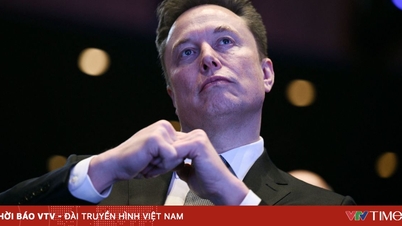

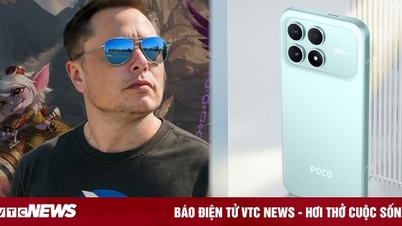

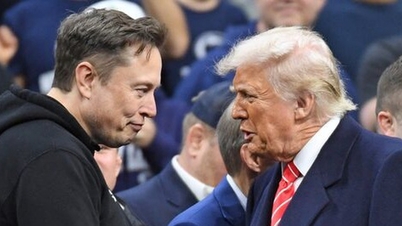

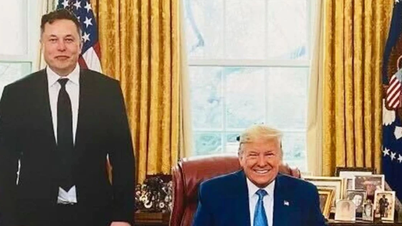

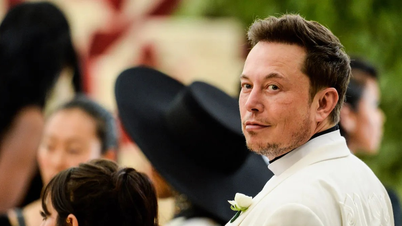

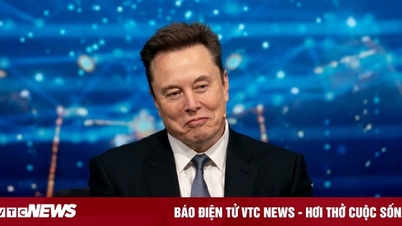

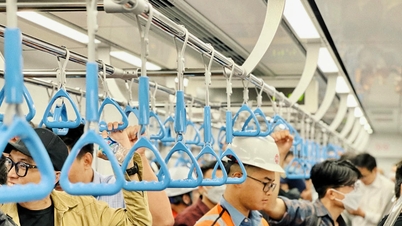

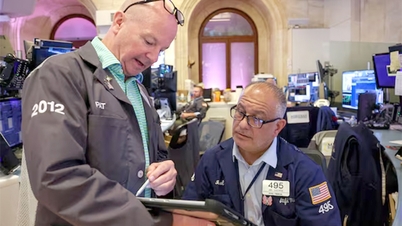

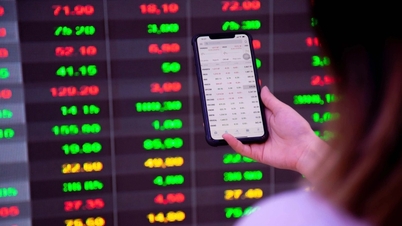











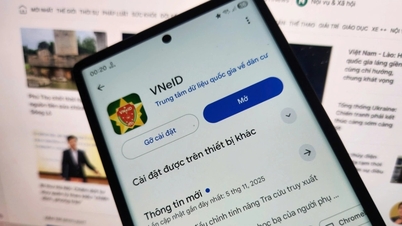
![[Photo] Parade to celebrate the 50th anniversary of Laos' National Day](/_next/image?url=https%3A%2F%2Fvphoto.vietnam.vn%2Fthumb%2F1200x675%2Fvietnam%2Fresource%2FIMAGE%2F2025%2F12%2F02%2F1764691918289_ndo_br_0-jpg.webp&w=3840&q=75)











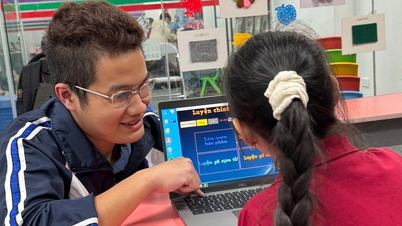



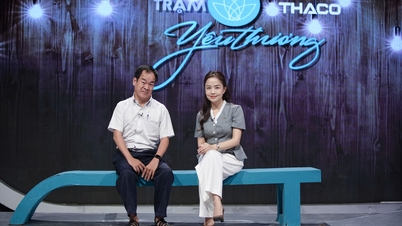


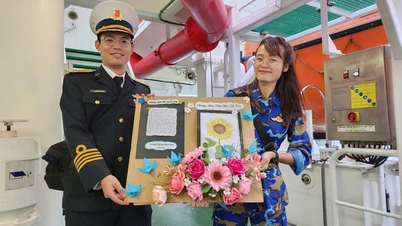

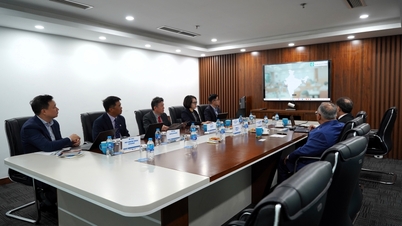




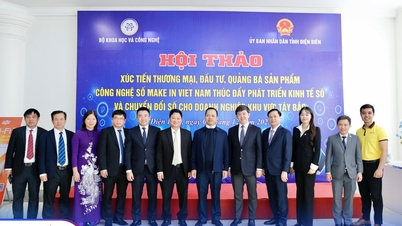







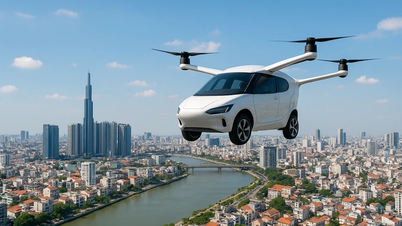




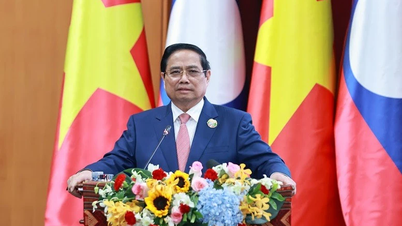








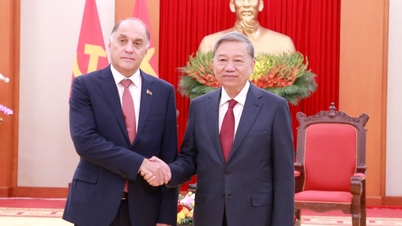







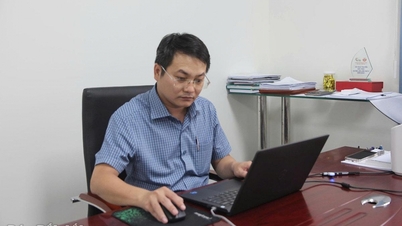












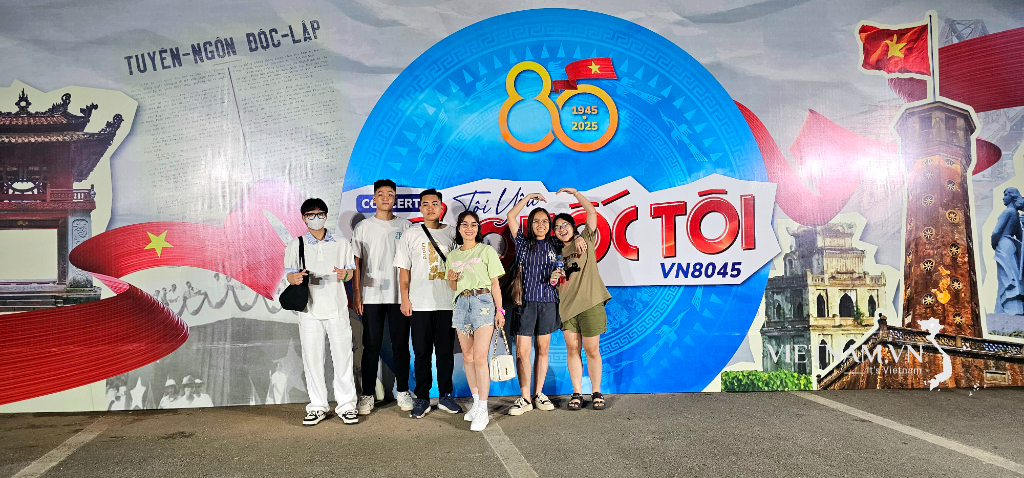



Comment (0)